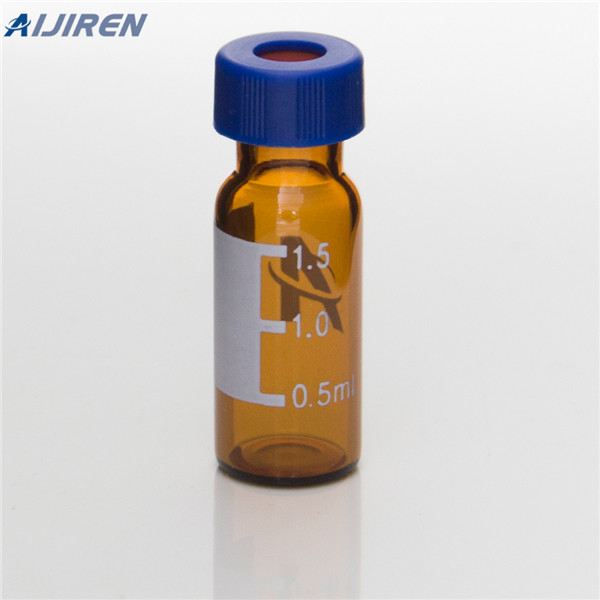
The main factors affecting sample stability are: (1) the nature of the sample, (2) the sample container, and (3) the addition of preserving reagents to the sample (Wilson 1974). Strict rules for the preservation of water samples do not exist. The two primary references used by those involved in water quality measurements do not agree for many
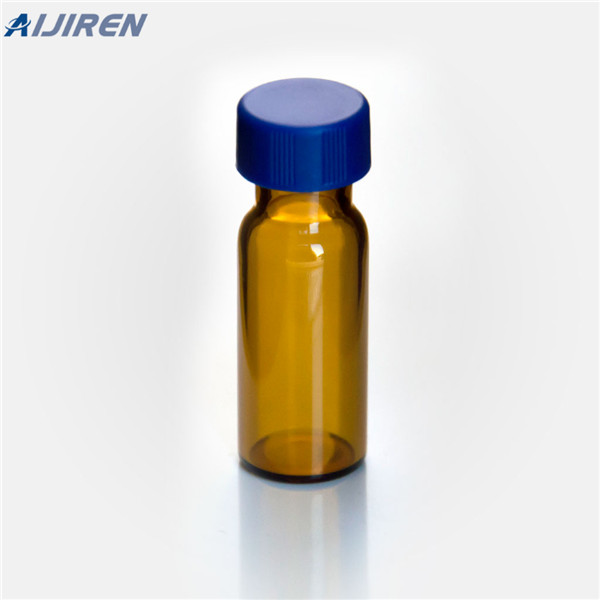
Proper sample preservation and storage of aquatic samples before laboratory-based analyses are crucial to maintain sample integrity and prevent unwanted contamination. A suitable sample preservation protocol that minimizes the physical, chemical, and biological processes that can alter the physico-chemical forms of target analytes during
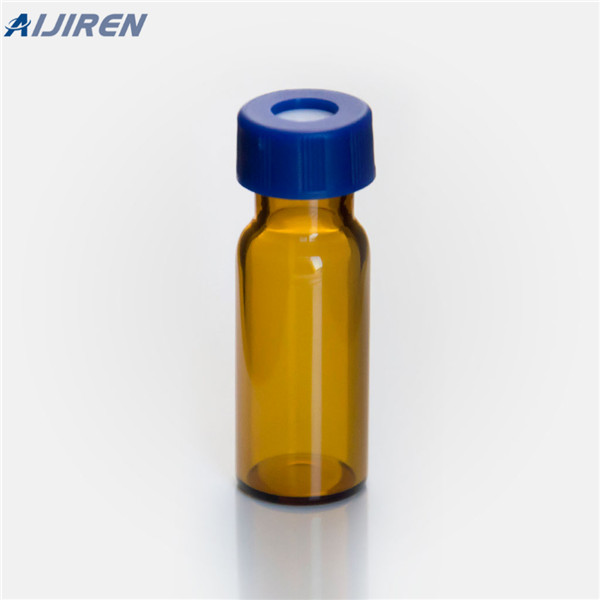
defining up to 30 °C/75% RH as the long-term storage conditions for hot and humid regions. Due to this divergence in global stability testing requirements, the ICH Steering Committee has decided to withdraw ICH Q1F and to leave definition of storage conditions in Climatic Zones III and IV to the respective regions and
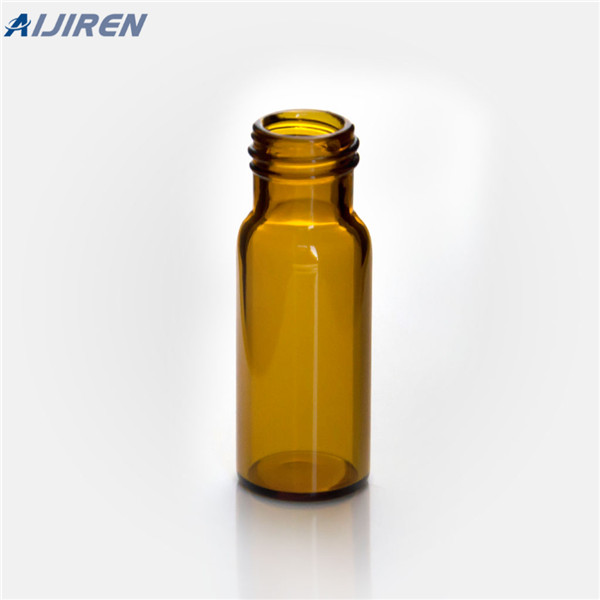
May 6, 2020 · Samples should not, however, be tested for container and closure system integrity at one time interval (e.g., 12 months), and then stored for further stability testing at later time periods (e.g
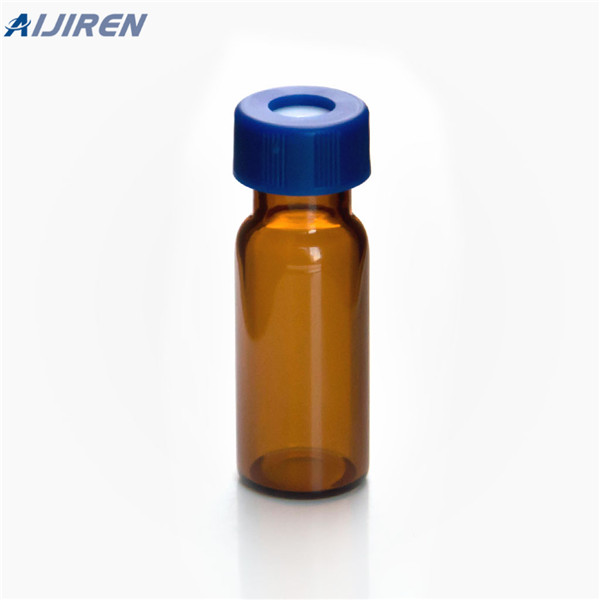
Jan 28, 2016 · STORAGE AND SHIPMENT FROM CLINICAL/NON-CLINICAL TESTING SITES TO THE ANALYTICAL LABORATORY. Samples must be stored under conditions in which the analytes are known to be stable and, if stability is not known, under expected stable conditions (e.g. by using stability information for the class

2.2.6 Storage conditions 2.2.7 Stability commitment 2.2.8 Evaluation 2.2.9 Statements and labelling 2.2.10 In-use stability 2.2.11 Variations 2.2.12 Ongoing stability studies 3. Glossary References Appendix 1 Long-term stability testing conditions as identifi ed by WHO Member States. Appendix 2 Examples of testing parameters Appendix 3
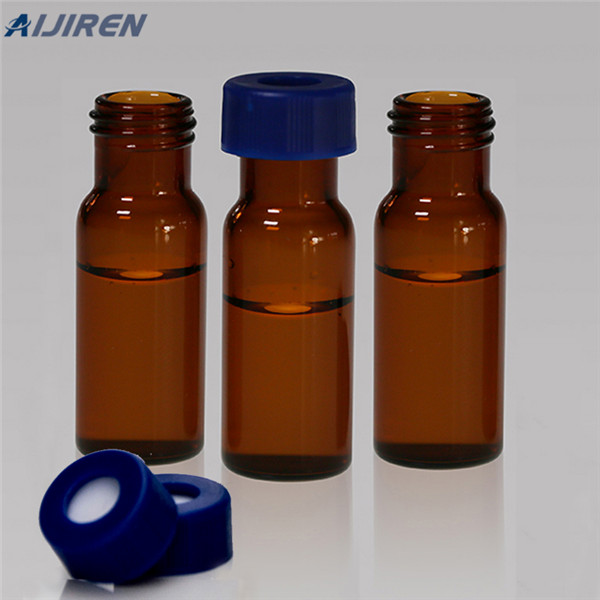
Mar 14, 2017 · Temperature: Maintain appropriate sample temperature. Depending on the sample use, one of three temperatures will typically be specified for blood sample storage: room temperature, refrigerated, or frozen. Room temperature is specified as between 15 and 30°C; refrigeration temperature is between 2 and 10°C; frozen temperature is at or below
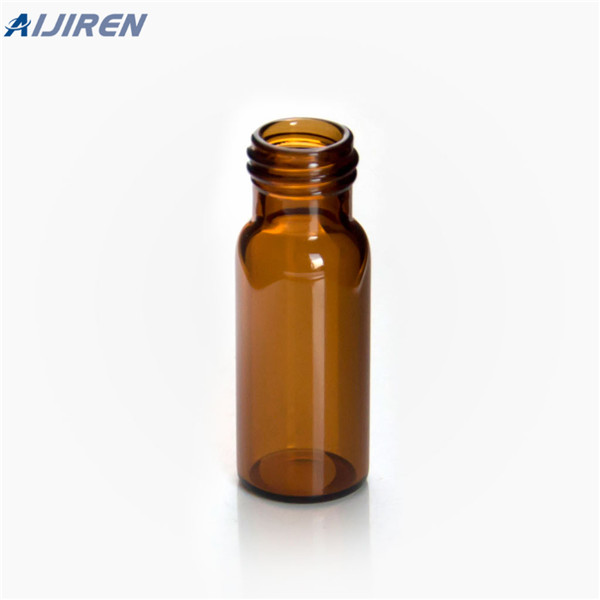
May 9, 2017 · No storage in crisper drawers: thermally isolated + floor level runs cold. Remove drawers, fill space with water bottles Manufacturer recommends no floor storage, but vial TC maintained at 2 to 8 °C throughout testing 1 to 2 °C colder than main fridge space NO vials touching glass shelf or directly under cooling vent = 2 to 5 °C colder

a series of sample processing validation studies (5–7). These studies showed the effects of sample processing delays, as well as storage conditions, on the results of the wide variety of assays to be conducted on samples that will be collected over a four-year period, but may be used for studies for 20 years or more. The long-term success
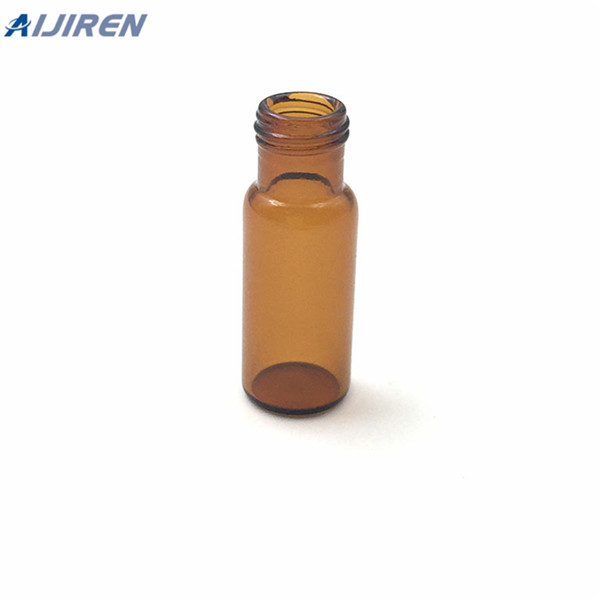
Whether clients are storing 1 cu ft or 10,000 cu ft, our pharmaceutical stability storage facilities located in New Jersey and Massachusetts offer the same customer-focused service, allowing for industry-leading control of and access to their samples. With integrated logistics, SciSafe is able to make pharmaceutical testing, outsourcing, and

Sep 22, 2022 · General storage guidelines. Upon receiving the antibody, you will need to centrifuge it at 10,000 x g for 20 seconds to pull down the solution trapped in the vial threads and then aliquot it into low-protein-binding microcentrifuge tubes. Aliquotting minimizes damage due to repeated freeze/thaw cycles that can denature an antibody, causing it

Oct 6, 2022 · Choosing the correct storage depends both on the recommended storage temperature of your specific sample and how long it is likely to be stored for. For short-term storage, refrigeration or lab freezer storage at -4˚F is ideal for biological samples, while long-term storage requires ultra-low temperature (-112˚F) or cryogenic storage.
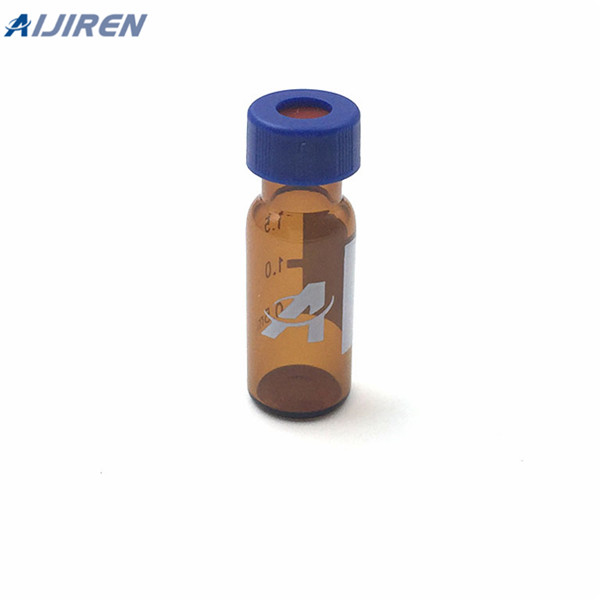
This section describes provisions for the handling of opened multi-dose vials in outreach and campaign situations, and when a CTC is being used. • Campaign and outreach situations. Provided that vaccines meet the four criteria, defined above, for keeping opened multi-dose vials for up to 28 days, and as long as appropriate handling procedures
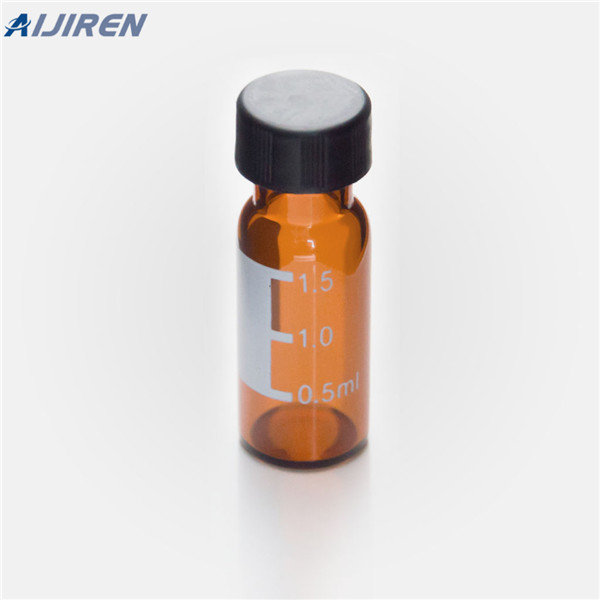
Sep 15, 2016 · They recommend immediate storage at − 80 ° C, but when this is not feasible, short-term storage at +4 ° C or at room temperature with a preservative agent can be a suitable alternative. Reference. 1. Bulla, A., et al. (2016) “ Blood DNA yield but not integrity or methylation is impacted after long-term storage ,” Biopreservation and
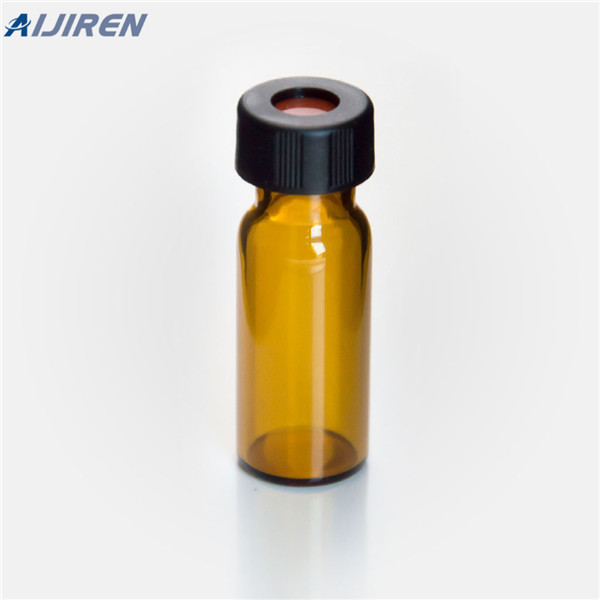
Sep 17, 2023 · Introduction Proper storage of blood samples is of paramount importance in the field of healthcare and medical research. Whether it’s for diagnostic purposes, genetic analysis, or long-term storage for future reference, maintaining the integrity and quality of blood samples is crucial.